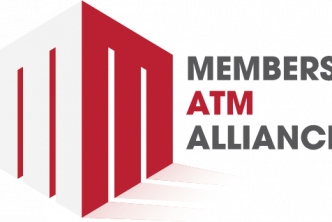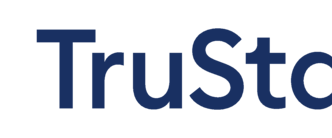By: Kathryn Mayer, Benefits & Compensation Editor for SHRM Online
Recent U.S. draft health guidelines indicate a major change for women when it comes to an important cancer screening: Experts now say all women should get screened for breast cancer every other year starting at age 40, rather than age 50.
The draft guidance issued by the U.S. Preventive Services Task Force (USPSTF) is a big departure from previous recommendations, which were last released in 2016. The change accounts for data that finds that, on average, the rate of breast cancer among women ages 40 to 49 increased two percent per year from 2015 to 2019, according to the National Cancer Institute.
The shift in guidance is dramatic — and potentially important for employers who are tasked with advising workers about their benefits and urging them to take proactive steps in protecting their health, experts say. From keeping an eye on changes in health coverage to communicating with employees, the new recommendations present an opportunity for organizations and Human Resources (HR) leaders.
First, it’s important to know that these are draft recommendations, not approved guidelines, noted Kim Buckey, Vice President of Client Services at Optavise, a Carmel, Indiana-based benefits administration firm. Buckey said employers should look at how their health plans define preventive screenings.
“Some plans specifically follow USPSTF guidelines; in this case, the employer should confirm with their carriers that they are prepared to make this adjustment,” she said. If the recommendations are approved, employers should review their summary plan descriptions and other benefits materials to ensure the change is reflected if necessary. Buckey added that not all employers get into a lot of detail about what screenings are covered as preventive care and for which age groups, but “if they do provide detail, it will need to be updated.”
Regardless of what shakes out in the coming weeks as far as official approval, the newest guidelines are an opportunity for organizations to communicate with employees about updates, as well as the importance of cancer screenings and other preventive care.
“This is a great opportunity for employers to show their employees that as an organization, they are educated about the current guidelines and want to keep them aware of when they should be screening for breast cancer,” said Christine Ritchey, a family Nurse Practitioner and Regional Vice President of Clinical Leadership at Indianapolis-based Marathon Health, a health clinic provider that works with employers.
Ritchey said there is no single way to get the information out to employees, so HR and benefits leaders should work with their Communications departments to discuss multiple ways to share the latest updates.
“It really is about what is going to work for their employees — social media, electronic newsletter, snail mail, or posters in the cafeteria or break rooms,” she said. “The most successful companies use a variety of strategies to educate their employees.”
Organizations would also be wise to share the importance of getting screenings for cancer and utilizing other preventive care. That’s because early detection can contribute to significantly better outcomes for people diagnosed with cancer.
In the case of breast cancer, for instance, the USPSTF estimated that the new recommendations could prevent at least one additional death from the disease for every 1,000 women.
Ritchey noted that new guidelines around breast cancer screening “are proof that best practices continue to evolve, and we need to be nimble and continue to be educated about what is in the best interest for our patients. This is not only true for breast cancer, but also many other screening guidelines, including colon cancer, lung cancer, and cervical cancer.”
However, few Americans take advantage of preventive screening, Buckey said. The National Library of Medicine estimates that only eight percent of Americans undergo routine preventive screenings.
“Whether this is because employees don’t understand that these screenings are covered at no charge, or because they fear what the screenings might reveal, there is clearly an opportunity to educate plan participants of the importance and value of these screenings,” Buckey said.
Promoting screenings makes financial sense for employers, too: From a pure dollars-and-cents standpoint, both employers and employees stand to save money if breast cancer is identified earlier and at a more treatable stage, she said.
“And certainly,” she added, “employers want their employees and covered family members to be—and remain—healthy and productive.”
For more information, visit https://thesalusgroup.com/leveragebenefitsgroup/ or contact a LEVERAGE Business Development Consultant at consult@myleverage.com.






